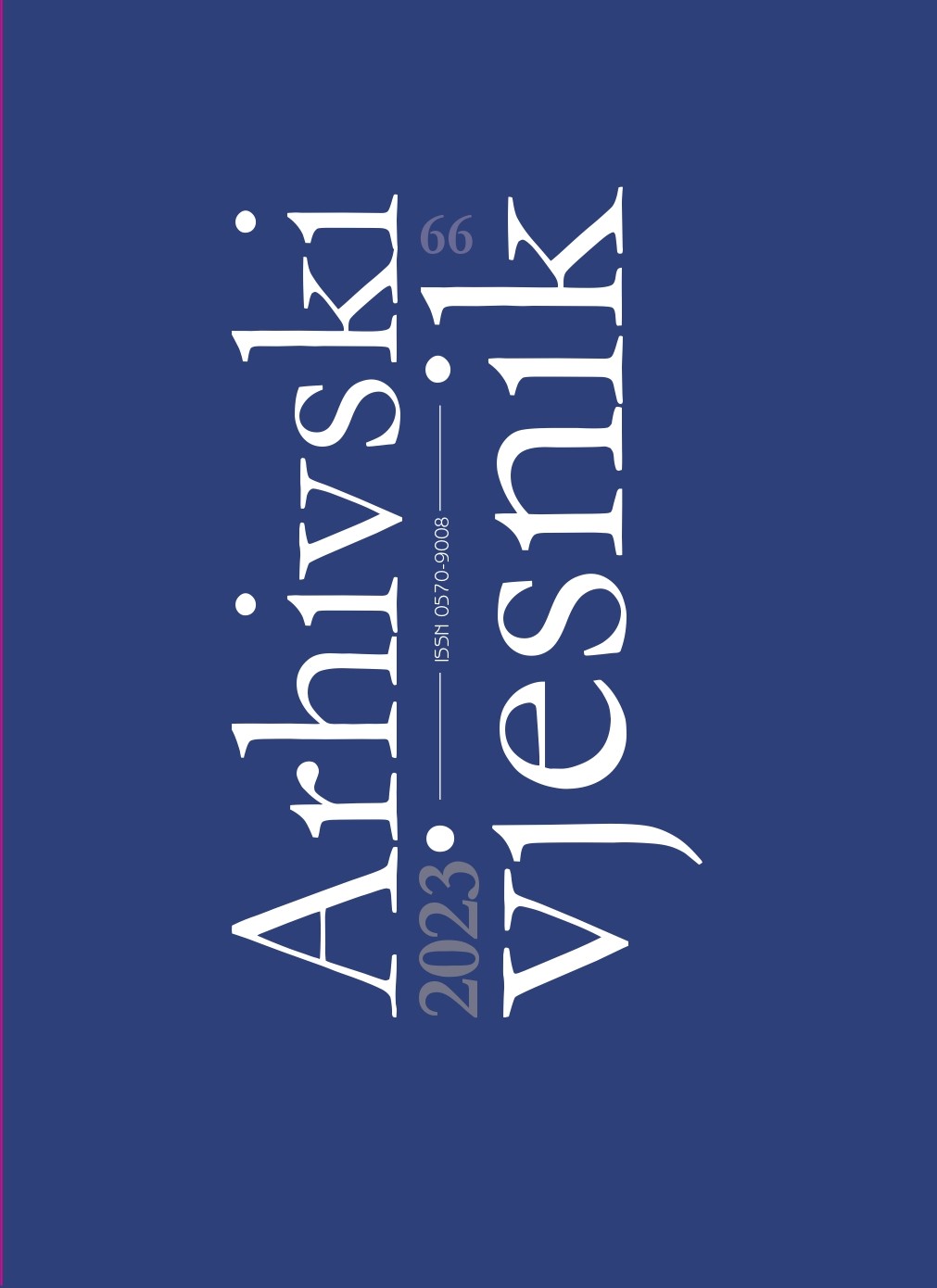The Budapest Time Machine
DOI:
https://doi.org/10.36506/av.66.6Keywords:
archives, time machine, digitization, geo-referencing, vecctorising, geocoding, building historical information systemsAbstract
The paper presents the history of the development of the Budapest Time Machine (www.hungaricana.hu/en/budapest-time-machine), which started from the vision of the Venice Time Machine, despite the fact that it was never realised, but was the basis for the European Time Machine Initiative. The Budapest Time Machine was a visionary phenomenon from the moment of its debut, and it has maintained this position ever since: one of the flagships of the international Time Machine initiative from the very beginning. The development was launched by the Budapest City Archives in 2017. The background database of the Budapest Time Machine is the Hungarian public collection portal called Hungaricana, on which the Budapest City Archives continuously publishes a large amount of digitised archival sources (maps, blueprints, notarial deeds etc.). The interface of the Budapest Time Machine – whose first version was developed in 2017 provides digitized and georeferenced maps of Budapest, synchronized with each other using GPS coordinates, and vectorised historical maps of the city’s development in five different time sections (1837, 1872, 1908, 1916, 1938). The platform also allows browsing through historical documents related to the buildings, their owners or their former inhabitants: building plans, land registry inserts showing the owners, notarial deeds showing legal and administrative transactions of the period and the network of the inhabitants. Archival photographs and postcards are also easily searchable, either by address or by browsing the map. The Budapest Time Machine was completely renewed at the end of 2022. The advantage of the new version is that, unlike the previous version, it provides a single interface for accessing the data, and the maps can now be viewed in 3D. An important innovation is the publication of 3D historical reconstructions of some 30 buildings in cooperation with the University of Óbuda. The Budapest Time Machine is an example of collaboration between public collections and academic research, and we plan to include data created by NGOs in the future.


